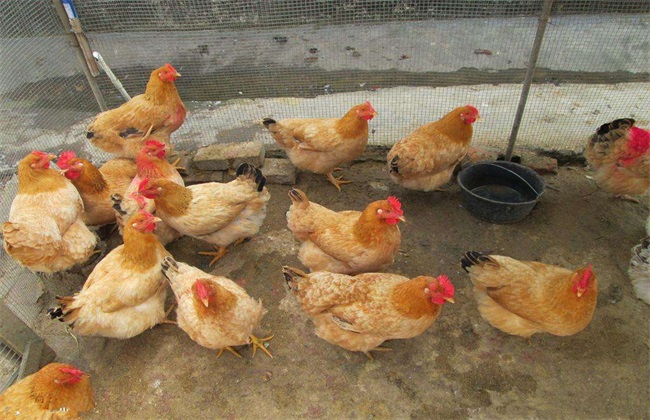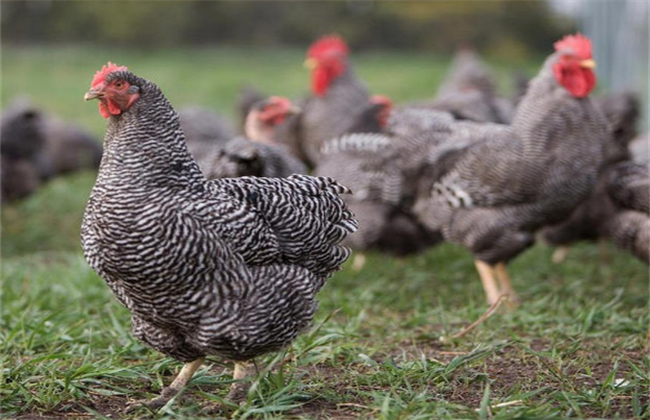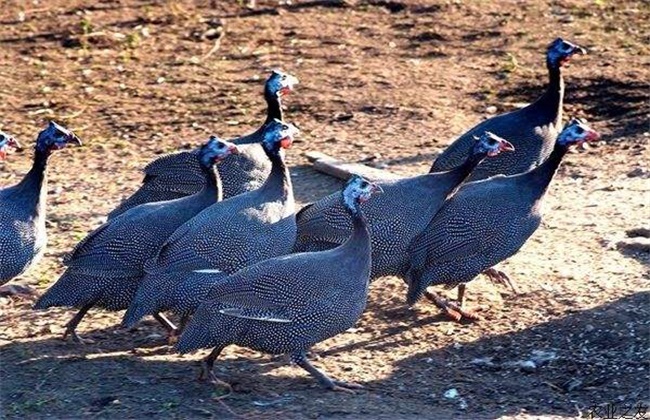Key points of feeding and management of laying hens in spring
Laying hens are one of the main directions of raising chickens in China, and they have a very wide breeding area in our country. And there are many kinds of laying hens in our country, and the pressure of competition is relatively great. If you want to improve the efficiency of farming, feeding management is very important, especially in the spring when everything recovers. So how to manage laying hens in spring? The following editor brings you the key points of raising and management of laying hens in spring. Let's have a look!

1. Lighting management
Light has a great effect on the growth of laying hens. Light directly affects the laying rate and growth ability of laying hens. In spring, we should reasonably regulate the light time and intensity according to the body weight of laying hens and other factors. Under the normal growth of laying hens, the light time should be shortened gradually, not too long. Especially when the laying hens enter the breeding period, it is necessary to ensure a stable light time. Under the condition of ensuring the normal consumption and drinking water of laying hens, the daily light time and intensity should be reduced appropriately. Control it within the needs of laying hens to promote the growth of laying hens.
2. Weight control
Spring is a very important time for layers. At this time, the physique of laying hens will gradually recover and gradually enter the laying period. Therefore, we should pay attention to control the weight of laying hens and prevent them from being overweight and reducing the laying rate. First of all, the standard of weight growth should be established according to the breed. Under normal circumstances, laying hens will be stereotyped when they grow to about 4 months old. Therefore, it is necessary to manage the layers in groups in time, raise the underweight layers separately, improve the nutrition, and then control the feed of the overweight hens, reduce the weight and improve the laying rate.
3. Timely refueling
In order to meet the nutrition needs of laying hens in spring, we should pay attention to increase the nutrition proportion of feed in spring. Increase the proportion of calcium in feed, promote the bone growth of laying hens, and prevent dystocia and other adverse phenomena. And it can also avoid paralysis caused by too many eggs at the peak of egg production. Then, according to the changes of egg production, the nutrition can be adjusted reasonably to ensure that the nutrition can meet the requirements of egg production. And only by improving the nutrition level can we effectively improve the laying period.
The above main points of feeding and management of laying hens in spring are briefly introduced. Of course, spring also needs to pay attention to control the temperature, humidity and other environments in order to fully ensure the growth of laying hens and improve the laying rate. This is the end of today's introduction, this article is for reference only, I hope it can be helpful to everyone!
Related
- On the eggshell is a badge full of pride. British Poultry Egg Market and Consumer observation
- British study: 72% of Britons are willing to buy native eggs raised by insects
- Guidelines for friendly egg production revised the increase of space in chicken sheds can not be forced to change feathers and lay eggs.
- Risk of delay in customs clearance Australia suspends lobster exports to China
- Pig semen-the Vector of virus Transmission (4)
- Pig semen-the Vector of virus Transmission (3)
- Five common causes of difficult control of classical swine fever in clinic and their countermeasures
- Foot-and-mouth disease is the most effective way to prevent it!
- PED is the number one killer of piglets and has to be guarded against in autumn and winter.
- What is "yellow fat pig"? Have you ever heard the pig collector talk about "yellow fat pig"?



